Standard flow meters often fail in specialized small pipe applications, costing companies thousands in inaccurate measurements and downtime. Custom ultrasonic solutions solve these precision challenges.
Customized ultrasonic flow meters for small pipes (6-50mm) overcome 3 key limitations: 1) They handle difficult fluids using specialized transducers (PVDF for chemicals, PEEK for high temps), 2) Adapt to space constraints with compact housings, and 3) Achieve ±0.25% accuracy through calibrated measurement paths tailored to pipe geometry. These modifications cost 15-30% more but improve performance by 40-60%.
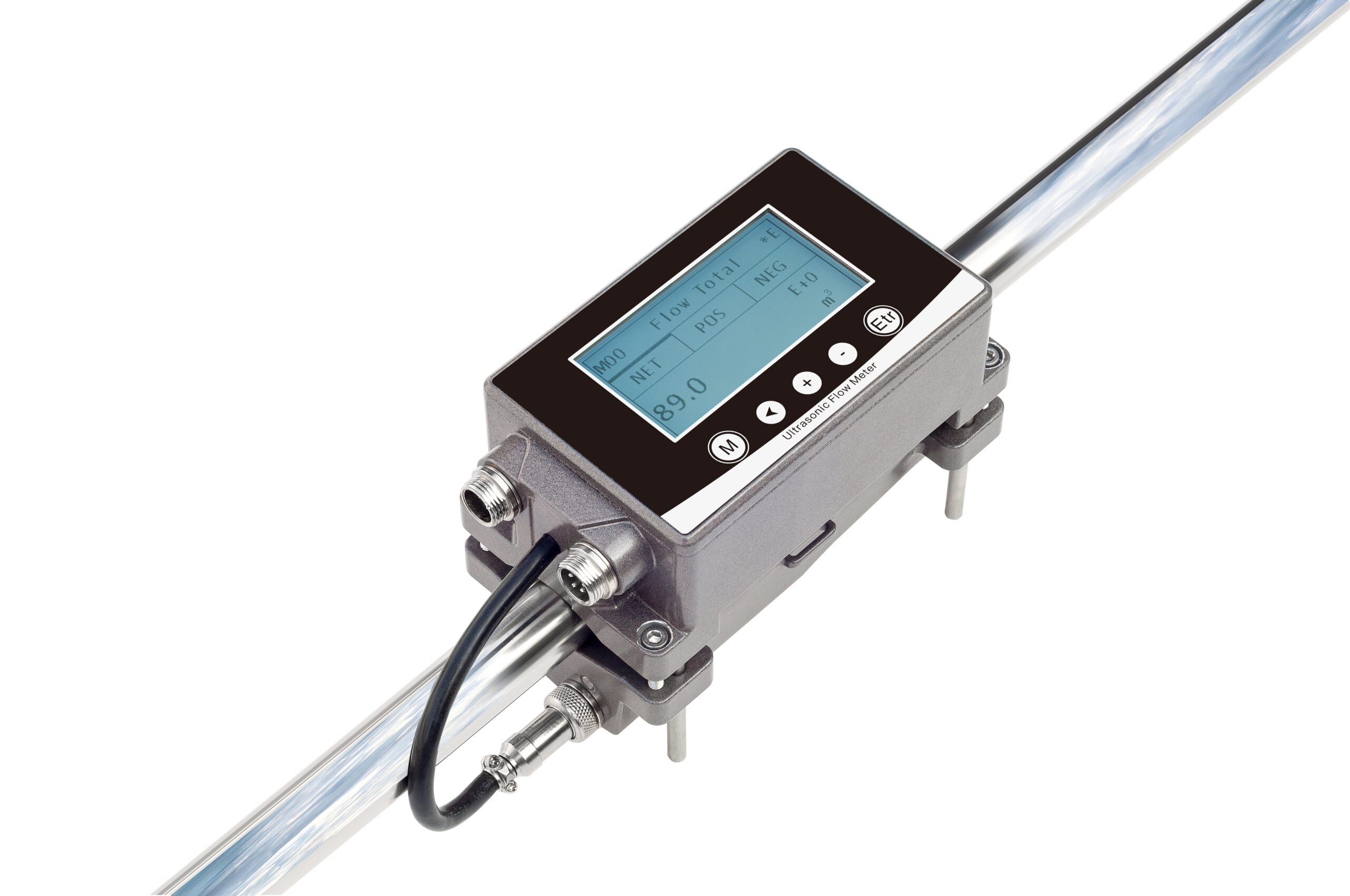
Customized Ultrasonic Design
The true value emerges when standard meters can’t meet application demands. Here’s how customized solutions bridge the gap.
What Are the Disadvantages of an Ultrasonic Flow Meter?
Seven challenges that customization solves:
Standard vs. Customized Performance
| Limitation | Standard Meter Issue | Custom Solution |
|---|---|---|
| Dirty Liquids | Signal attenuation | High-power 2MHz transducers |
| Pulsating Flow | Measurement errors | Advanced DSP algorithms |
| Small Pipe Vibration | Noise interference | Vibration-damped mounting |
| High-Temperature Steam | Transducer failure | Ceramic sensors (250°C rated) |
| Low Flow Rates | Detection failure | Optimized beam angles |
| Non-Circular Pipes | Accuracy drift | Path geometry compensation |
| Mixed-Phase Flow | Incorrect readings | Multi-frequency discrimination |
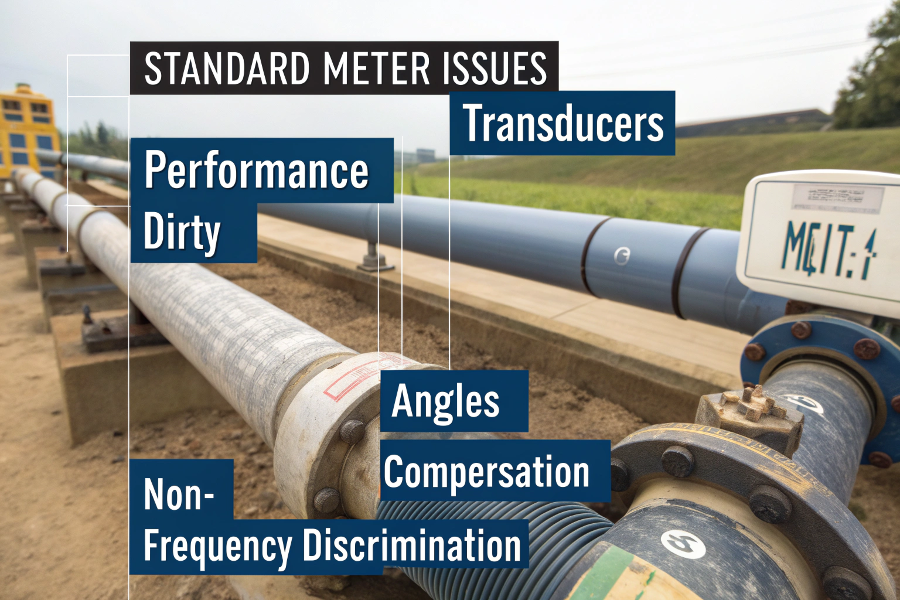
Customization Benefits
When Customization Costs Pay Off
- Chemical injection systems
- Semiconductor cooling loops
- Pharmaceutical batch processes
- Food-grade sanitary applications
- High-pressure hydraulic circuits
- Nuclear cooling systems
- Cryogenic transfer lines
How to Make an Ultrasonic Flow Meter?
Five-step customization process for small pipes:
Custom Build Components
-
Transducers
- Material: Choose between PVDF, PEEK, or ceramic
- Frequency: 1MHz for dirty fluids, 5MHz for clean
- Mounting: Clamp-on, weld-on, or insert
-
Pipe Adaptations
- Small pipe collars
- Flow conditioners
- Special couplings
-
Electronics
- Signal processors
- Noise filters
- Output cards
-
Software
- Fluid property databases
- Flow profile compensation
- Diagnostic routines
-
Housing
- Explosion-proof
- Sanitary
- Submersible
**(percentage)manufacturing process
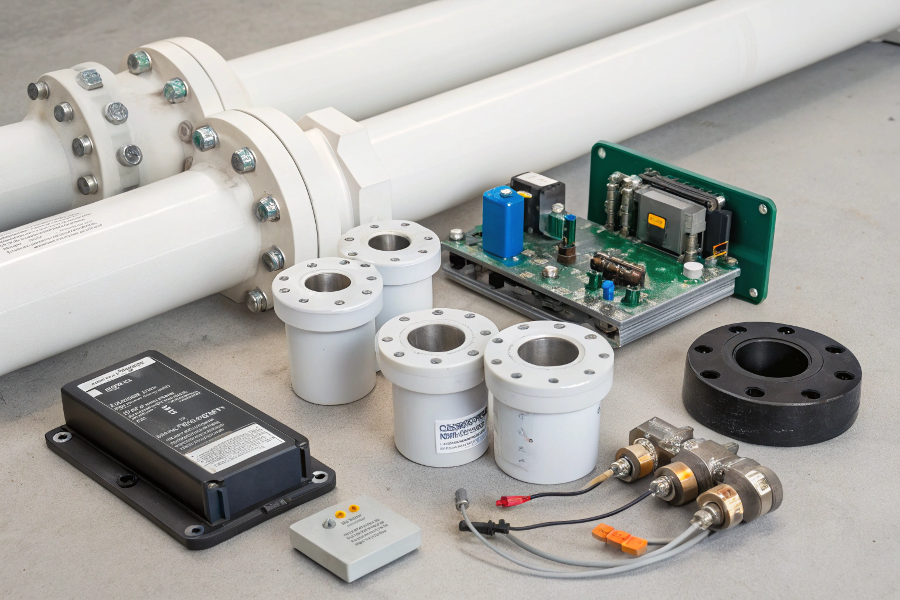
Custom Build Steps
Critical Small Pipe Considerations
-
Beam Path Calculation
- 30°-55° refraction angles
- Multiple reflections in tiny pipes
- Window material thickness
-
Signal Processing
- Adaptive gain control
- Noise rejection
- Time-of-flight algorithms
-
Mechanical Design
- Minimal protrusion
- Cleaning access
- Pressure containment
What Are the Two Types of Ultrasonic Flow Meters?
Specialized adaptations for small pipes:
Comparative Analysis
| Feature | Transit-Time | Doppler |
|---|---|---|
| Best For | Clean liquids, gases | Slurries, aerated fluids |
| Small Pipe Advantage | Higher accuracy (±0.5%) | Handles particles |
| Limitation | Requires 0.3 m/s minimum | ±2-5% accuracy |
| Customization Options | Multi-path, dual-frequency | Beam focusing, frequency agility |
| Cost Premium | 15-25% | 30-50% |
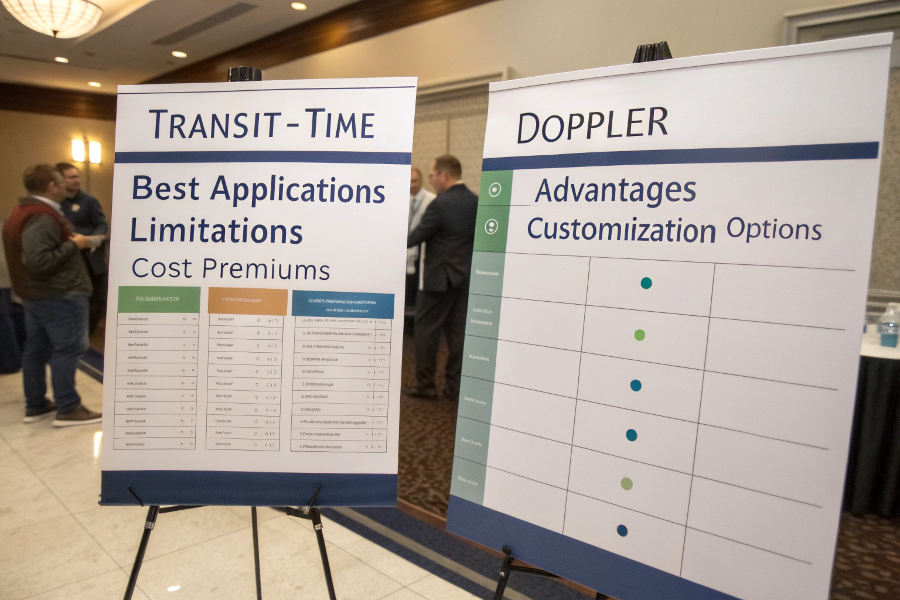
Type Selection Guide
Hybrid Solutions Emerging
- Combined Transit-Doppler – Switch modes automatically
- Multi-Path Doppler – Improved slurry accuracy
- Variable Angle – Adapts to flow profile
- Bi-Directional – Reverse flow detection
- Integrated Density – Mass flow calculation
What Is the Technology of Ultrasonic Flow Meter?
Core innovations reshaping small pipe measurement:
Five Breakthrough Technologies
-
Microbeam Focusing
- 2mm beam width in 6mm pipes
- Reduced wall interference
- Better low-flow detection
-
Adaptive Signal Processing
- Real-time SNR optimization
- Dynamic filter adjustment
- Pattern recognition
-
Composite Transducers
- Wider temperature range (-200°C to 300°C)
- Chemical resistance
- Reduced acoustic impedance
-
Smart Diagnostics
- Coating detection
- Transducer health monitoring
- Flow profile analysis
-
Wireless Configuration
- Mobile device setup
- Cloud calibration
- Remote troubleshooting
**(percentage)tech innovations
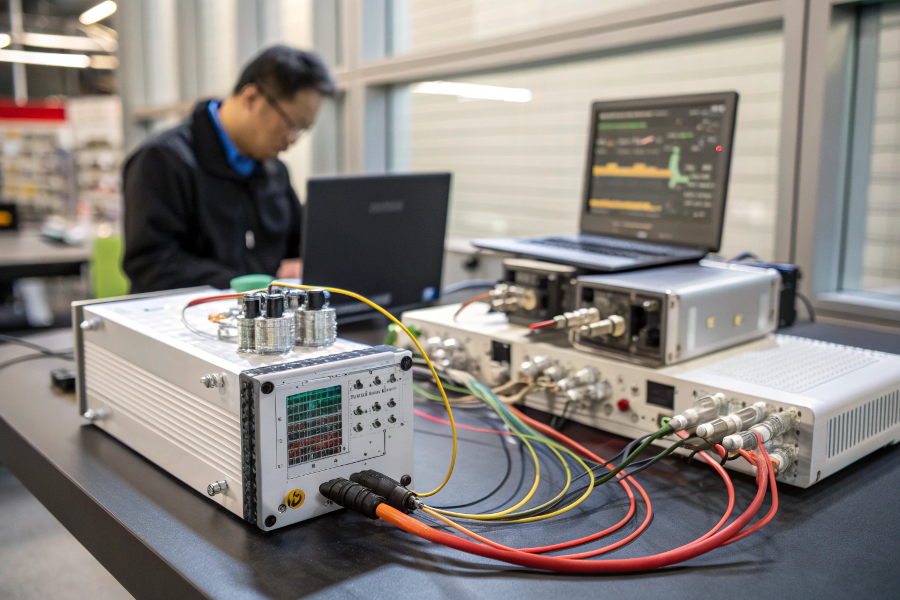
Cutting-Edge Features
Small Pipe Specific Enhancements
- Microfluidic channel designs
- Pipe-dependent algorithms
- Vibration compensation
- Miniature signal converters
- Integrated temperature compensation
Conclusion
Customized ultrasonic flow meters transform performance in small pipe applications, overcoming traditional limitations through tailored transducer designs, advanced signal processing, and specialized mechanical configurations. While demanding higher initial investment, these purpose-built solutions deliver unmatched accuracy and reliability in 6-50mm pipelines, particularly for challenging fluids and demanding process conditions. The technology continues advancing through microbeam focusing, adaptive algorithms, and smart diagnostics – pushing the boundaries of what’s measurable in confined spaces.
